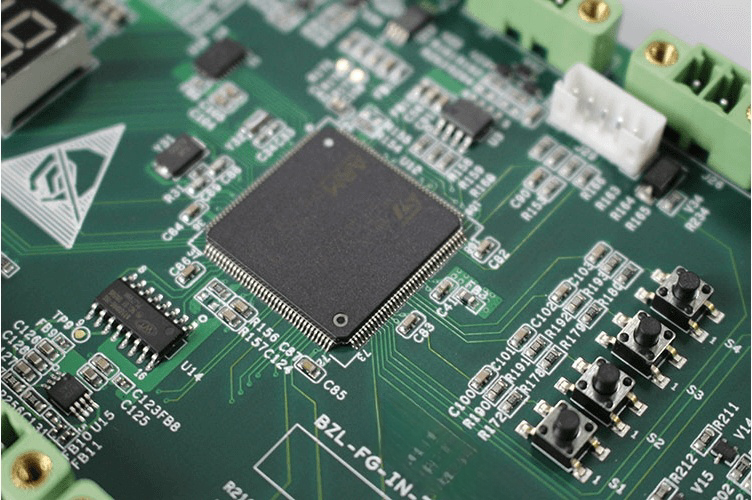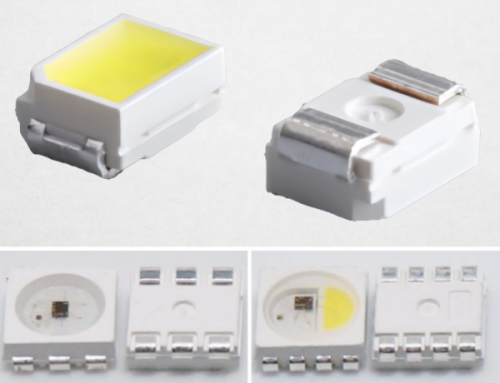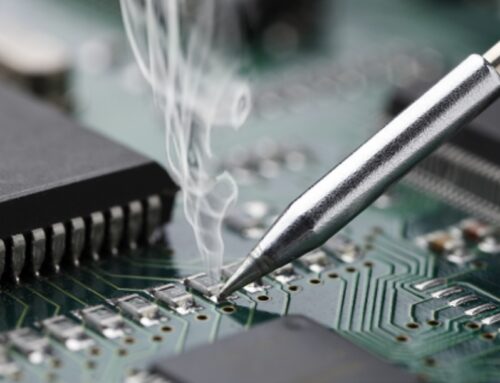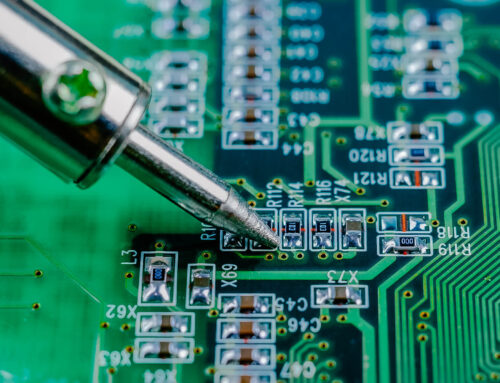How to Finish PCBA in 1 Hour
This article provides a detailed introduction to the process of PCBA, where each step is optimized to ensure completion in a short amount of time.

Table of Content
- Design Preparation (5 Minutes)
- Preparation of Materials (5 minutes)
- PCB Manufacturing (10 Minutes)
- SMT Assembly (15 Minutes)
- PCBA Inspection and Repair (5 Minutes)
- Test of Printed Circuit Board Assembly (10 minutes).
- PCBA Packaging and Marking (5 minutes).
- Final Inspection and Quality Control (5 Minutes)
- Packing and Shipping (5 Minutes)
- Summary
Printed circuit board assembly is a crucial step in electronic manufacturing. It’s important to
reduce the cycle time while maintaining quality.
How do you achieve rapid turnaround PCB assembly? Yt-electronic, a manufacturer of printed circuit
boards with a fast turnaround, is one such company. Its production lines are highly automated and
efficient. This task can be accomplished by them.
This article explains the PCBA process briefly. Each step has been optimized to complete the process
quickly.
Design Preparation (5 Minutes)
Before production begins, the design team will need to complete circuit schematics and PCB layout
designs, as well as component packaging.
The design team must first design the circuit. This includes creating circuit diagrams, printed-circuit
board layouts and defining components packages.
The circuit schematic is a blueprint that shows the connections between the components and the path of
signal transmission. The PCB design layout determines how electronic components are arranged on the
circuit board. The PCB layout design ensures that the correct wiring and position of the electronic
components are used to achieve the desired function of the circuit.
At this stage, designers are required to complete complex design work quickly. This requires efficient
workflows. In designing the circuit diagram one must consider several factors such as circuit
performance and maintainability, thermal control, and impedance. This ensures the printed circuit
assembly will meet all specifications.
Preparation of Materials (5 minutes)
Prepare all the raw materials required, such as circuit boards, components, pads and connectors, as well
welding materials. To ensure a timely delivery of materials, inventory management and supply chain
management are essential.
During material preparation, the team responsible for the supply chain must ensure that all materials
required are available to meet the production requirements.
PCB Manufacturing (10 Minutes)
A high-speed printer prints the circuit pattern onto the board, and a CNC drilling machine makes the
holes. To speed up production, this step requires automation and high precision.
1) Print Circuit Board
Print the circuit pattern on the PCB to ensure production efficiency.
2) Drilling
Drill holes with a CNC machine. By controlling the accuracy, the CNC drilling machine can ensure the
correct installation of components or their connection.
Most of them are automated. They are able to operate quickly and with precision. This is done in
accordance with predetermined design requirements.
3) Quality Management
Automated optical inspection (AOI, Xray) equipment detects problems with printing or drilling in real
time. They make sure that each PCB is up to standard.
SMT Assembly (15 Minutes)
Automated placement machines can be used to accurately and quickly paste components on the PCB. Then
pass them through the reflow oven to solder.
This step requires a high level of automation and precision control. This step ensures that the
components are mounted and soldered correctly on the PCB.
1) Surface Mount
Automated placement machines are capable of accurately and quickly selecting, positioning, and pasting
components onto circuit board. These machines are capable of handling a large quantity of components and
improving production efficiency.
Visual systems can be used to detect the correct placement of components on a PCB.
2) Welding
Reflow ovens are used for the soldering process.
Reflow ovens are devices that melt solder paste onto component leads and pads.
Temperature and time control is crucial for ensuring welding quality. Highly automated welding processes
can reduce human error and ensure consistent quality.
Packaging components in a variety of ways is essential for this step. The pin arrangement, size, and
shape of different components are all different.
Soldering also requires that you consider the PCB characteristics. Included are the pad size, shape and
presence of the mask.
3) Quality Inspection
Automated optical inspection equipment is used to verify the soldering and position of components.
PCBA Inspection and Repair (5 Minutes)
Automated optical inspection equipment is used to verify solder joint and component quality. The repair
system will fix any problems that are found. It can also flag the issue for manual repair.
Test of Printed Circuit Board Assembly (10 minutes).
Install the assembled PCBA in the test equipment to perform electrical, functional, and performance
tests.
Automated test benches can run multiple tests at once to increase efficiency.
PCBA Packaging and Marking (5 minutes).
Mark and place the PCBAs that have been tested in anti-static bags for easier tracking and
differentiation. This reduces the time required for logistics and distribution.
Final Inspection and Quality Control (5 Minutes)
The final quality check is to ensure that all printed circuit boards meet the quality standards. Visual
inspection and electrical parameters verification are included.
Packing and Shipping (5 Minutes)
The team then packages the assembled printed circuit boards into a finished product and prepares all
shipping documentation. The product may be kept in stock awaiting distribution, or it can be shipped
immediately.
Summary
To complete the PCB assembly within an hour, these processes are based on high automation, precision
control, and tight coordination.
Although different PCBAs or products may require different processes, high quality and efficiency are
essential.
related Posts
Contact us
WhatsApp: +86-13570802455
Wechat: +86-13570802455
Teams: alek_youte
Email: sales@yt-electronic.com














